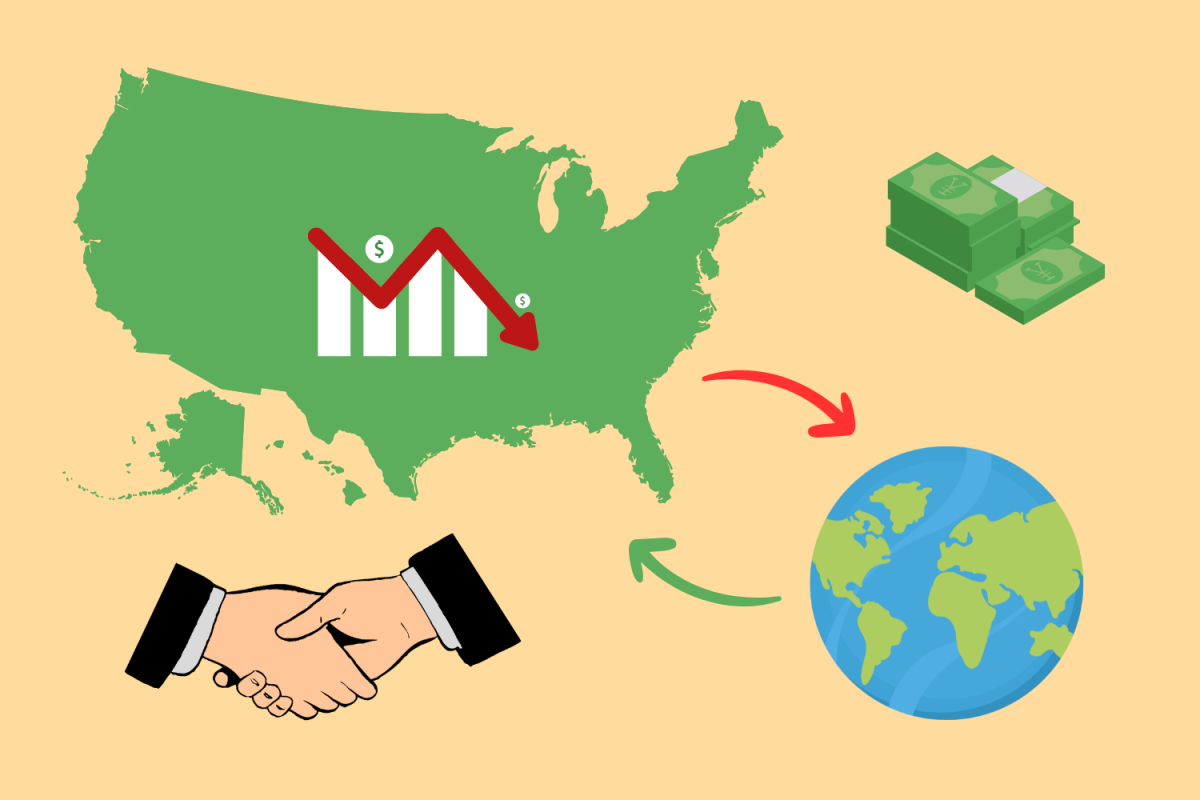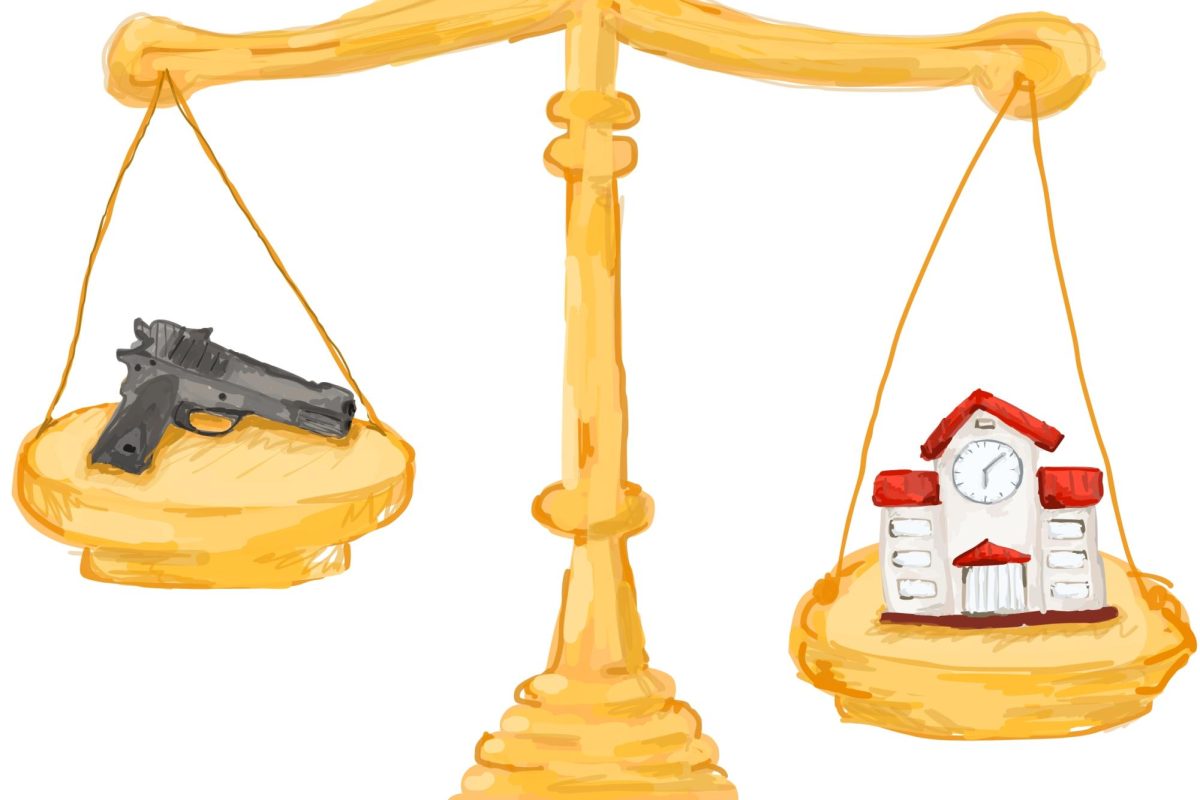For investors, business owners and everyday Americans, the 2020 and 2008 recessions are still fresh in their minds. Mass layoffs, rising prices, and a volatile stock market all feel very familiar. It may only get worse.
J.P. Morgan Chase, the most valuable bank in the world, recently raised its forecast, estimating a 60% chance that the U.S. will fall into a recession by the end of 2025. In a public report, the firm warned that productivity growth has been weakening amid a “slide in business sentiment” and that current supply chain disruptions could remain for a long run.
On Apr. 2, President Donald Trump declared “Liberation Day,” announcing a sweeping new tariff policy: a universal 10% tariff on all imports, effective Apr. 5, and higher, country-specific “reciprocal” tariffs on 57 other nations, set to begin on Apr. 9. These measures were framed in response to what the administration described as unfair trade practices and a large U.S. trade deficit. The announcement shook the stock market, with the Dow Jones Industrial Average plunging over 1,300 points and the Nasdaq Composite falling nearly 600 points the following day. The drops were the largest in U.S. history since the 2020 stock market crash, caused by the COVID-19 pandemic.
Many nations–such as Germany, Japan, and South Korea were outraged at the administration’s new policy, expressing a willingness to negotiate with the U.S. to avoid further escalation. All but one refused to back down—China. Instead of negotiating, China swiftly retaliated, announcing a 34% tariff on all American imports. The response escalated quickly. By Apr. 11, the U.S. raised tariffs on Chinese goods to 145%, prompting China to match with tariffs as high as 125%. They also suspended the export of critical rare-earth minerals, a move that would disrupt technologies and defense industries globally.
The U.S., as the world’s largest importer, is particularly vulnerable to the economic impacts of the recent tariffs. Businesses that rely heavily on imported goods are facing increased costs, leading many to raise prices or cut back on operations. Supply chains are experiencing significant slowdowns, with disruptions affecting various industries, including consumer electronics. Apple reportedly flew five cargo planes, each containing 100 tons of iPhones, to the U.S. from India and China before the tariffs could go into effect.
Most economists agree that these tariffs would increase consumer prices by 3% and cost households an average of $4,900 annually. Despite these warnings, President Trump has remained steadfast in his tariff strategy, arguing that they are essential to rebuilding American manufacturing and preventing us from being “ripped off.” That’s where I would disagree. While for many years, the U.S. has been in a trade deficit—importing more than it exports, politicians have continuously framed that as a failure. But a trade deficit isn’t necessarily a bad thing. In fact, it reflects that we have a strong consumer economy where Americans can afford to buy goods from the world at lower prices. It allows businesses to decrease their operating costs which keep costs down, in return, for customers.
Trying to fix the trade deficit with tariffs may seem like a good idea, but raising import costs doesn’t magically bring jobs back. It raises prices for everyone involved and strains the relationships that we have with our allies and trading partners. We live in a globally connected economy and pretending otherwise will only come back to hurt us in the long run.
As the global economy teeters on the brink of disaster, the coming months will be critical in determining whether recent policy rollbacks will lead to a slow but steady recovery or usher in another wave of downturn that we haven’t seen for years. As of now, only President Trump knows.







